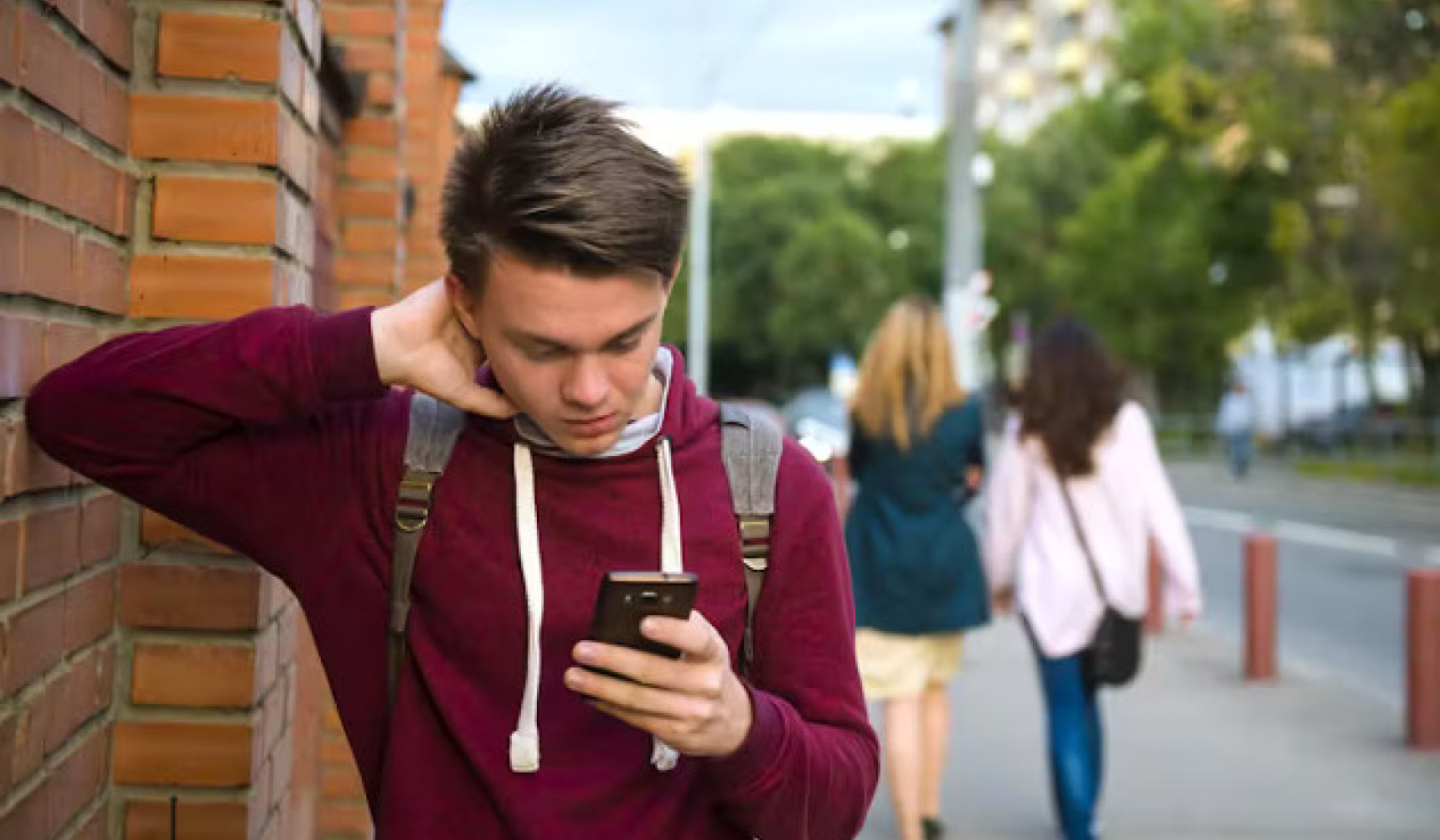
Shutterstock
As some of us return to the workplace, or are planning to do so in the future, we face the challenges of a changed environment of social distancing rules and restrictions. It might be your workplace will set limits on how many people are allowed in the lunchroom at a time, or the only people you talk to in the corridors are the cleaners.
For some people, going back to work is an opportunity to regain independence, especially if they have experienced difficulty working from home and are looking forward to going back.
But for others, it might be anxiety-inducing to think about another abrupt shift of routine, from a controlled environment where they feel safe to a place where rules and regulations are changing dramatically.
Indeed, it’s possible we might face separation anxiety from our home.
Are you feeling attached to your home?
Humans are not only emotionally attached to people and pets – we’re also attached to places, especially safe ones. Place attachment is defined as the bond we create with specific places such as our home, a park, or a city. These bonds are formed with meaningful places that provide us with a feeling of safe haven, at the same time as providing us the opportunity to grow and continue to explore our interests.
However, this isn’t static, as we can create attachment to different places as our habits or feelings change. College students are an example of how identity can be tied to a place. Researchers have found relocating from home to college will impact how college students see and understand themselves by engaging in different activities, taking on more responsibility, and becoming independent.
Just as a new university student might feel the campus rapidly becomes a cherished part of their identity, people in lockdown might also see their home as emblematic of staying safe during the pandemic.
 Humans don’t only create attachments with people, but places too. Shutterstock
Humans don’t only create attachments with people, but places too. Shutterstock
How might we experience separation anxiety from our homes?
As defined in the Diagnostic and Statistical Manual of Mental Disorders, one of the criteria for a clinical diagnosis of separation anxiety is “recurrent excessive distress when anticipating or experiencing separation from home or from major attachment figures”.
A diagnosis of separation anxiety can also explain:
-
unusual distress or heightened fear about being separated from a loved one
-
excessive worry this separation could end in harm
-
physical symptoms such as stomach ache, nausea, headache and sore throat when thinking about separation or when the separation is imminent. This is most often found in children, but can also be found in adults.
Leading up to my first day back at work, I experienced a sense of dread and uncertainty. These feelings didn’t make sense at first. But they became clear when I realised I was worried about working away from home — a place that has been my safe haven throughout the coronavirus crisis. I had become more attached to my home office, routine, and fur assistants.
Although concerning, it’s unlikely I met the criteria for a clinical case of separation anxiety, of “recurrent excessive distress”. Nonetheless, the fear of separation I felt can be understood as John Bowlby (a pioneer of attachment theory) originally intended: a non-clinical concept to explain the phenomena of fear of separation from close attachments such as places, people and pets.
Even if you feel fear around separation but don’t meet the clinical criteria, you can still develop strategies to cope and minimise disruptions to daily functioning.

Many of us have spent a lot of time at home during the pandemic, so it might be anxiety-inducing to re-enter the workplace. Shutterstock
How managers and employees could minimise potential separation anxiety
COVID-19 has changed our workplaces a lot. Thus, strengthening support in the workplace should be considered. Managers need to be flexible and understanding to help staff go back to work. Managers could:
-
have an individual conversation with each employee to find out what they need, specially if there are signs they are struggling
-
consider how the transition will impact them in terms of commute times, costs, and hours away from home and family
-
review work arrangements to allow for a balanced routine, including flexibility to work from home on certain days, or flexible start and finish times where possible
-
ensure employees have a safe place to work and prepare them for the transition. This could include educational videos and articles
-
continue to acknowledge employees’ efforts and encourage self-care.
Employees, meanwhile, should:
-
understand what makes you feel safe and comfortable at home and seek to translate that to the work environment. This could mean a more flexible wardrobe that is professional yet comfortable, or a new scent for the office that reminds you of the same one you have at home
-
think of alternative ways of communicating with colleagues that does not always involve formalised meetings. If possible, have a “meeting-free day” scheduled each week and consider whether something can be sorted via a phone call or email rather than face-to-face
-
think of innovative practices implemented during the lockdown, and seek to continue them. For example, continuing to share meals over zoom can be fun. In my workplace we have themes like “crazy hats” or Christmas in July
-
if possible, organise a “take your pet to work day”. This could help keep you and them mentally healthy.

About the Author
Raquel Peel, Lecturer, University of Southern Queensland
This article is republished from The Conversation under a Creative Commons license. Read the original article.

Related Books:
The Fearless Mindset: The Empowering Secrets to Living Life Without Limits
by Coach Michael Unks
This book offers insights and strategies for overcoming fear and achieving success, drawing on the author's experiences as a coach and entrepreneur.
Click for more info or to order
The Gifts of Imperfection: Let Go of Who You Think You're Supposed to Be and Embrace Who You Are
by Brené Brown
This book explores the challenges of living with authenticity and vulnerability, offering insights and strategies for overcoming fear and building a fulfilling life.
Click for more info or to order
Fearless: The New Rules for Unlocking Creativity, Courage, and Success
by Rebecca Minkoff
This book offers insights and strategies for overcoming fear and achieving success in business and life, drawing on the author's experiences as a fashion designer and entrepreneur.
Click for more info or to order
Feel the Fear . . . and Do It Anyway
by Susan Jeffers
This book offers practical and empowering advice for overcoming fear and building confidence, drawing on a range of psychological and spiritual principles.
Click for more info or to order
The Anxiety Toolkit: Strategies for Fine-Tuning Your Mind and Moving Past Your Stuck Points
by Alice Boyes
This book offers practical and evidence-based strategies for overcoming anxiety and fear, drawing on a range of cognitive and behavioral techniques.
























